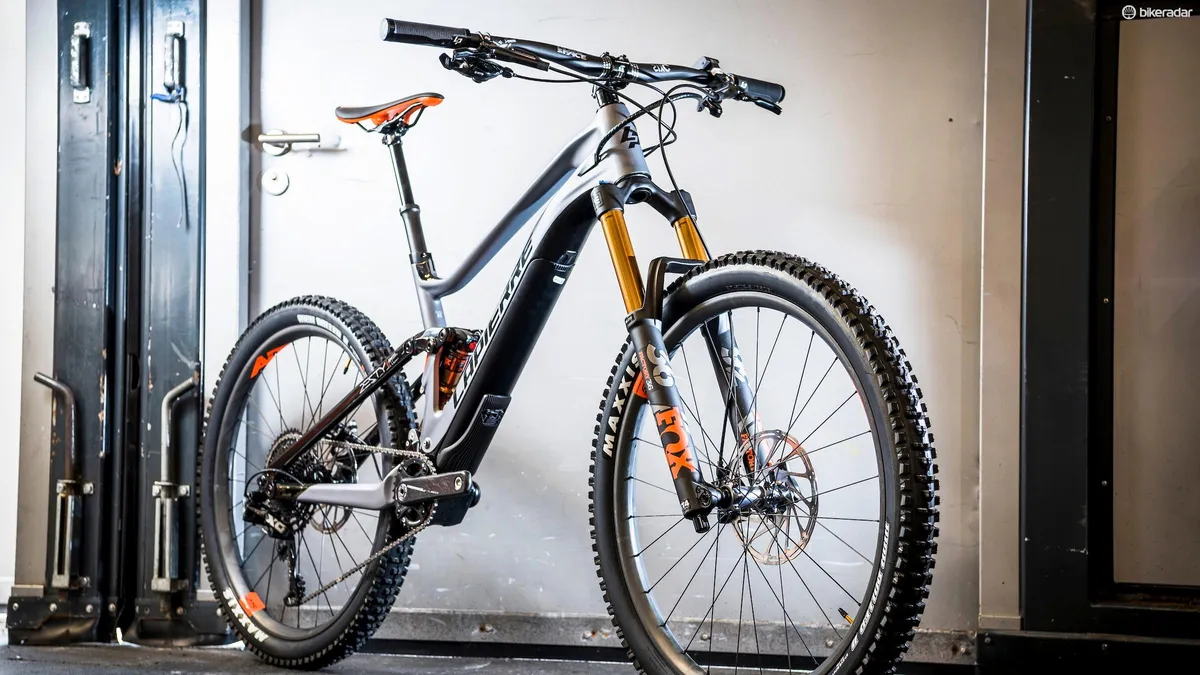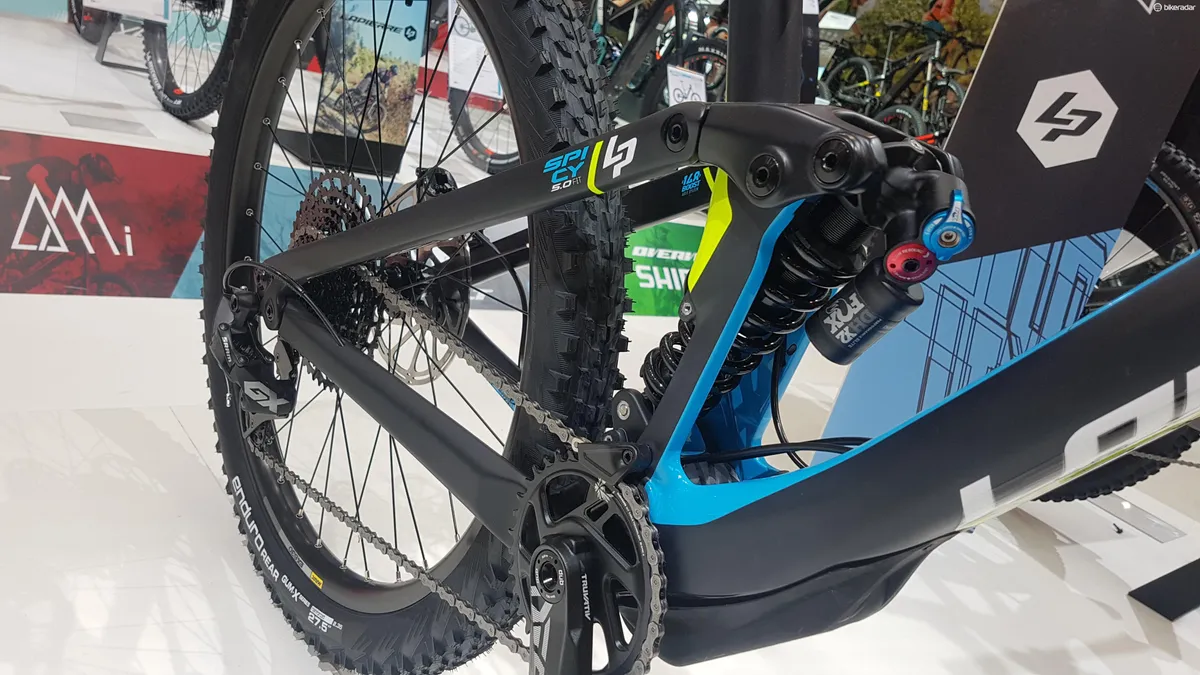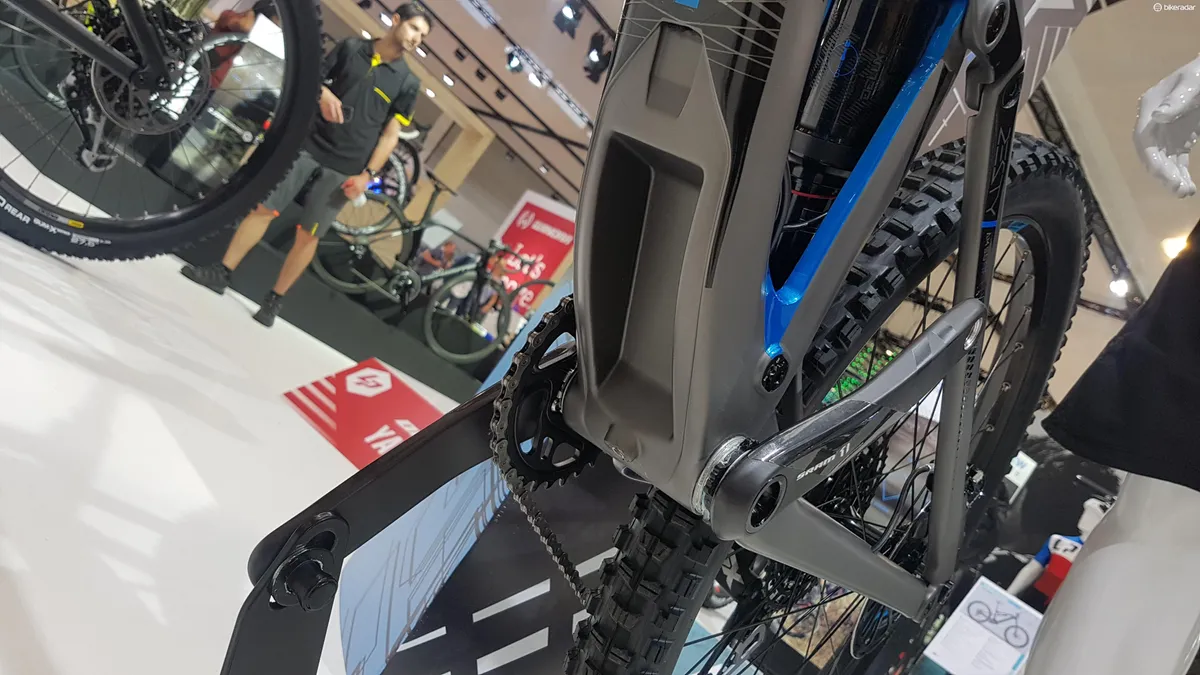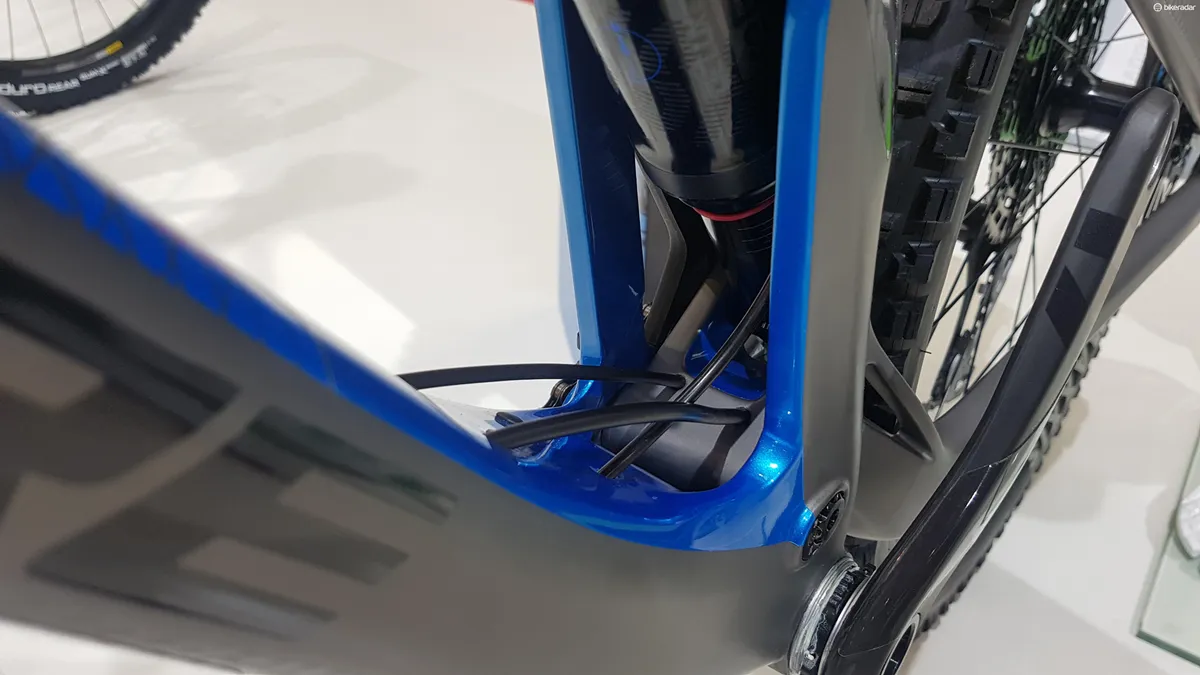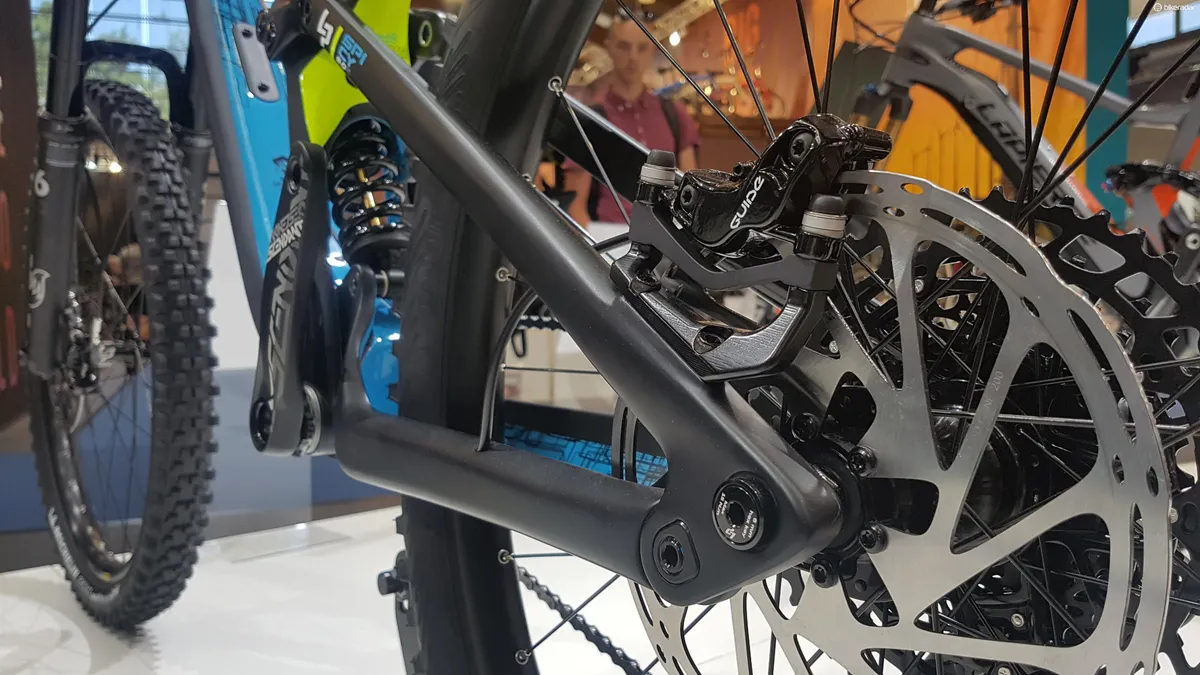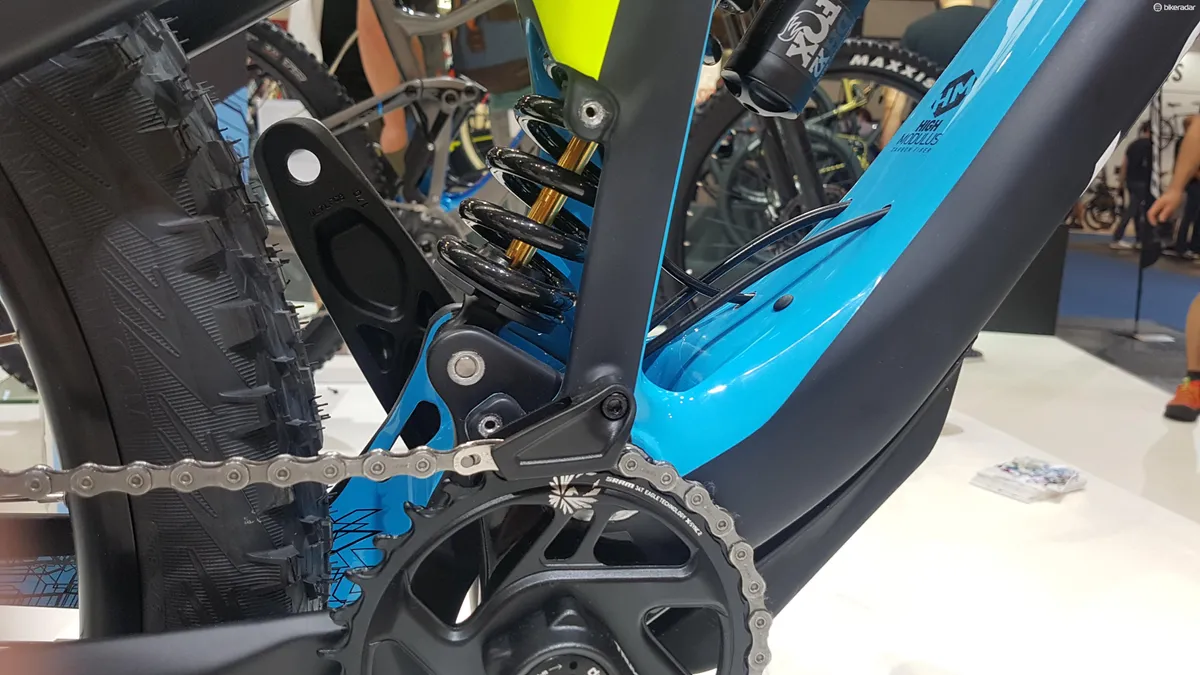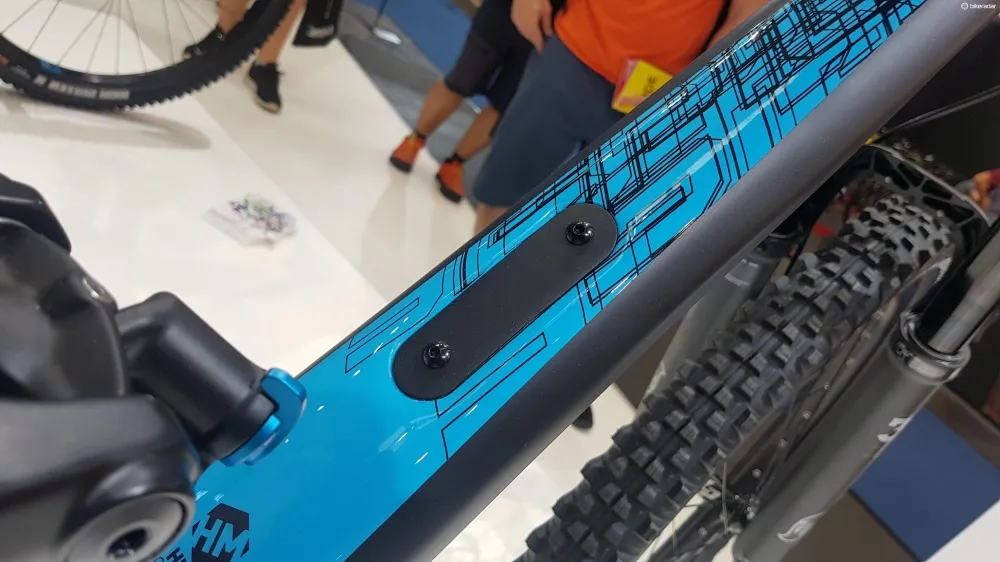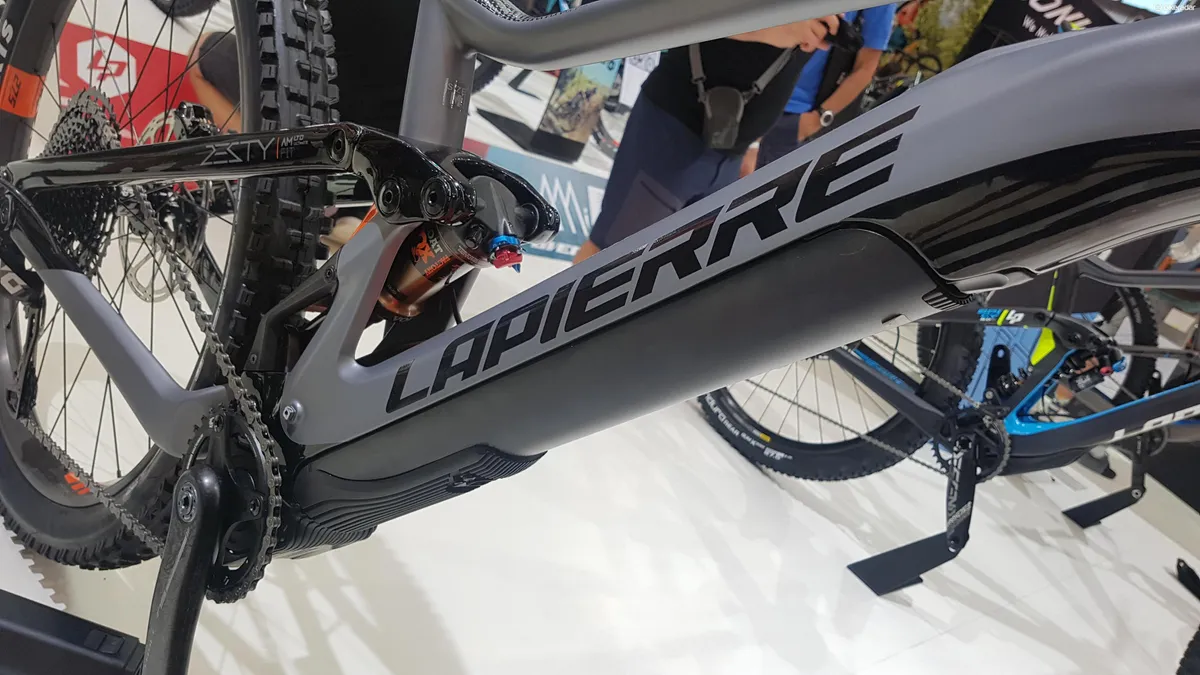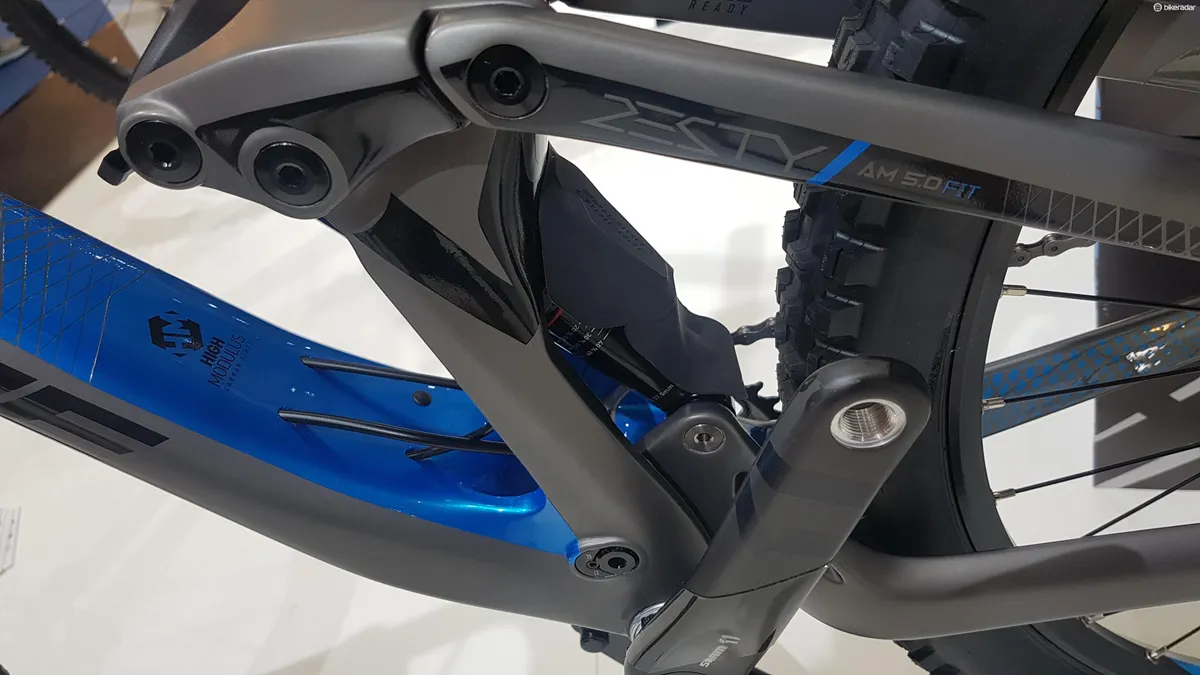Lapierre showed off three new mountain bikes at Eurobike, all three being designed from the ground up. I say all three, but what I really mean is all two. I'll explain why…
Information is thin on the ground at the moment on the models, and we'll expect to learn more as the year progresses, but here's what we know so far.
Lapierre eZesty
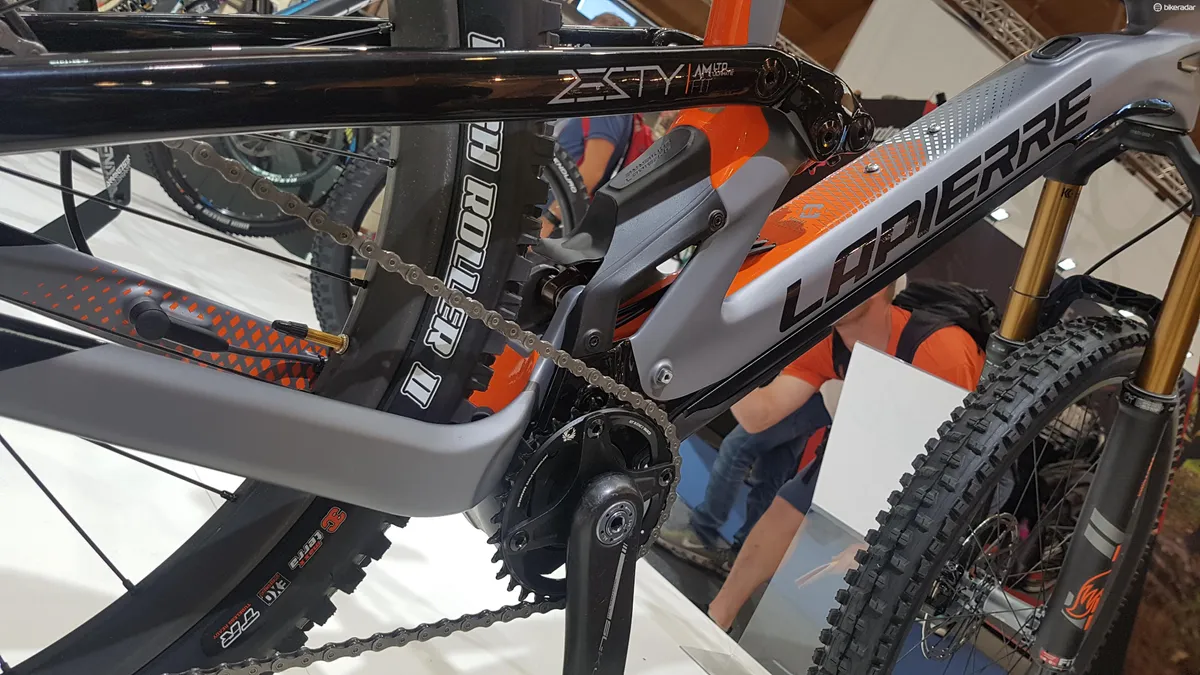
I'll start with one of the three bikes, the eZesty — this is Lapierre's latest e-bike, and is a marked departure from the two e-MTBs it launched last year — though, it's worth noting it won't replace those Shimano and Bosch powered bikes.
The most obvious change is that Lapierre has dropped the OST+ suspension linkage design to a 4-bar with a vertically mounted shock. More on that system later, when I'll delve into the Zesty and Spicy.
More significantly is Lapierre has ditched both Bosch and Shimano for the power, and has gone with the lesser-known Fazua Evation 1.0 system, also seen in a number of Focus bikes.
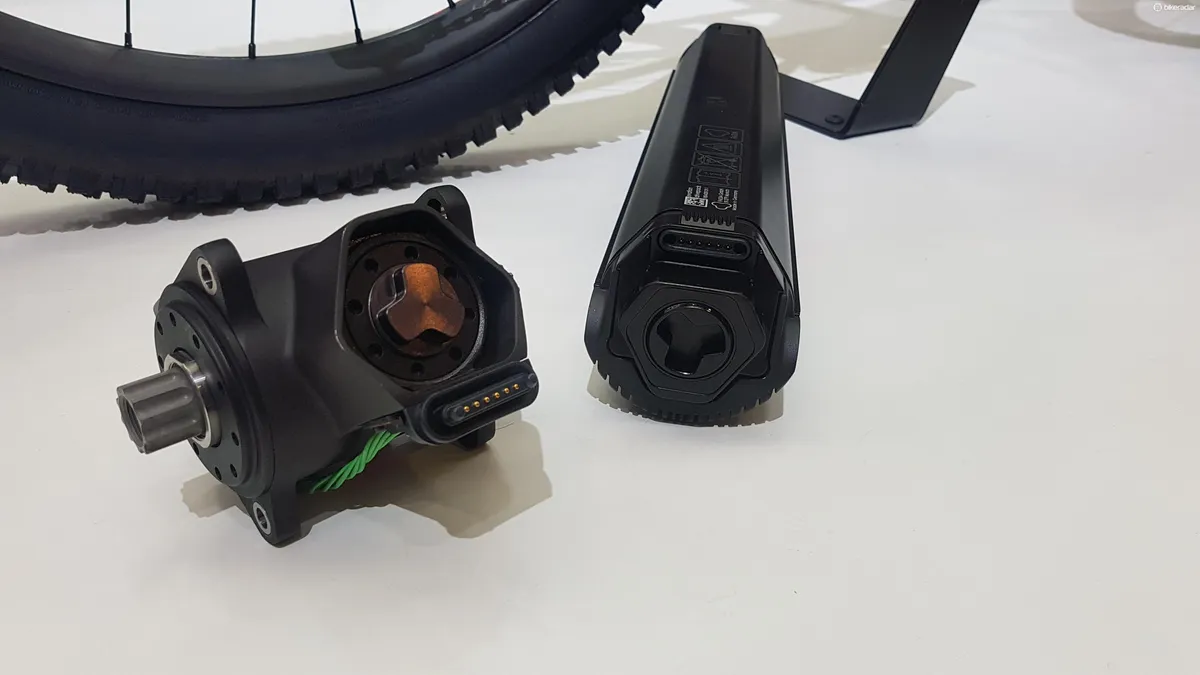
This is an interesting move — there's no reason to believe the motor is any less reliable than its competitors, but we do know the battery used in this system has around half the capacity of those more commonly used to power e-MTBs, at 250Wh. This suggests Lapierre sees the eZesty as a tool for either shorter, more intense rides, or longer rides using lower levels of assistance.
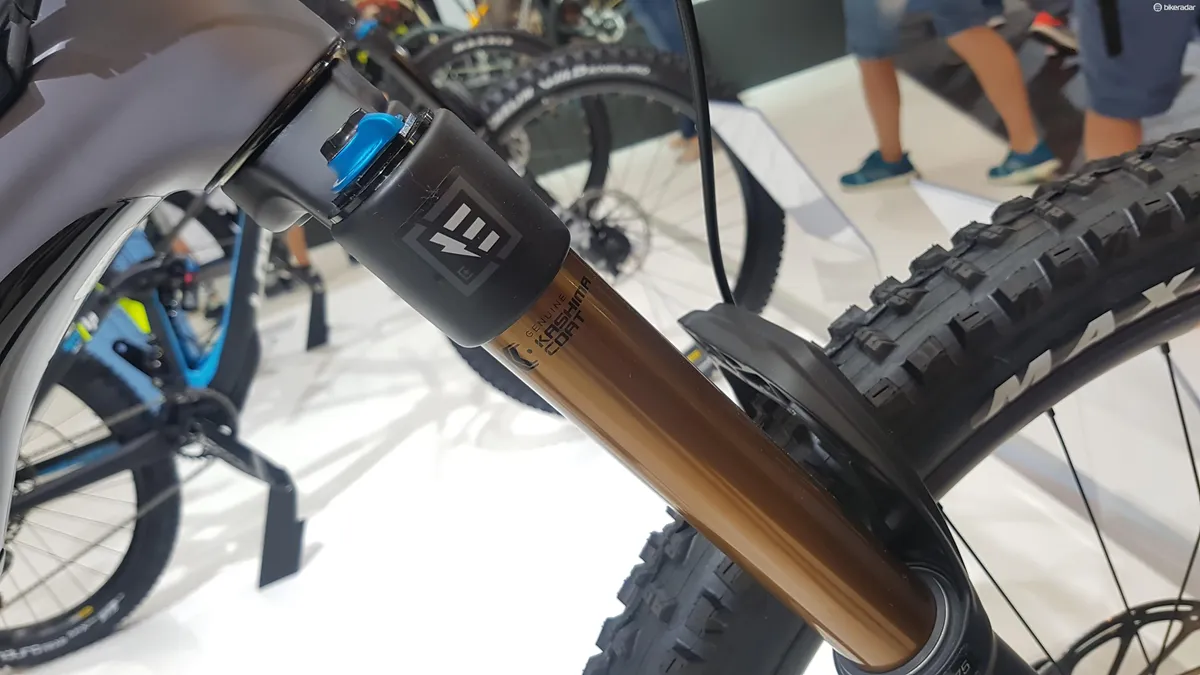
The other aspect of the Fazua system I like is the motor and battery can be easily removed, and the bike still ridden.
The system as a whole (including controllers) only adds around 4.8kg to the bike, but the bulk of this can be removed, should you wish to ride an 'analogue' bike. That's because the crank axle effectively sits on a gear that's spun by the motor, and this motor/crank gear interface can be split. This leaves the (claimed) 18kg bike dropping down to around 14kg.
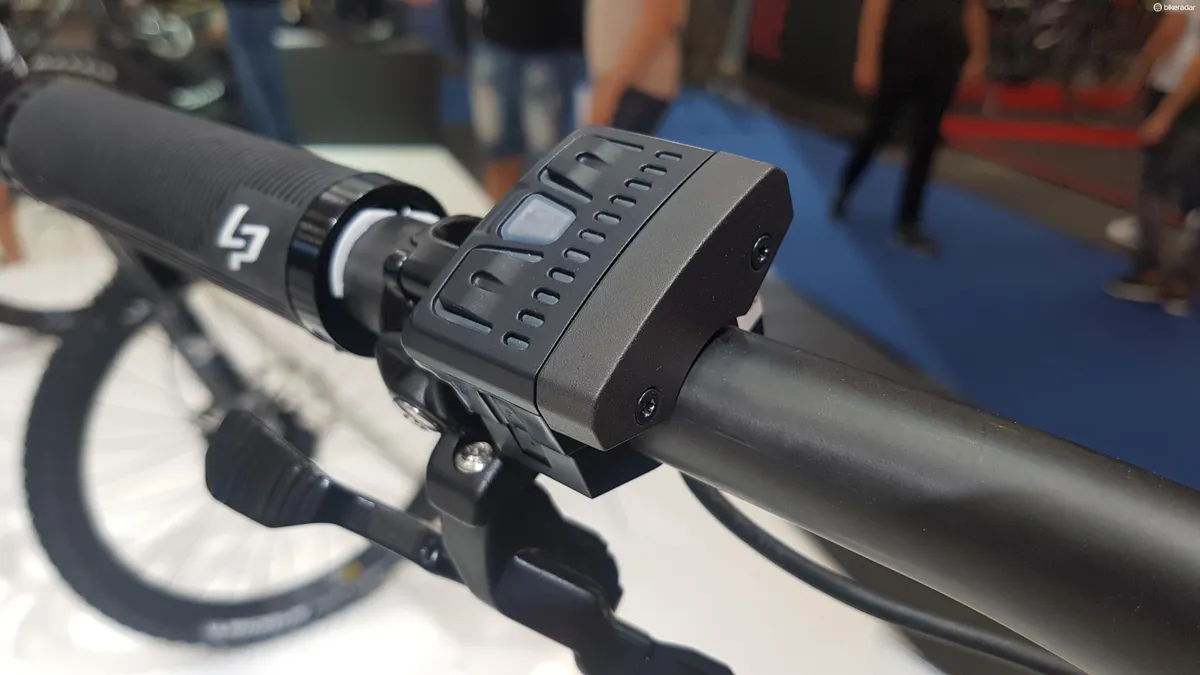
I've ridden the Fazua system on a number of bikes, and the feel through the cranks when the motor is removed is impressively light.
For now, we don't know much more about the bike, so look out for a full report later in the year.
Lapierre Zesty and Spicy
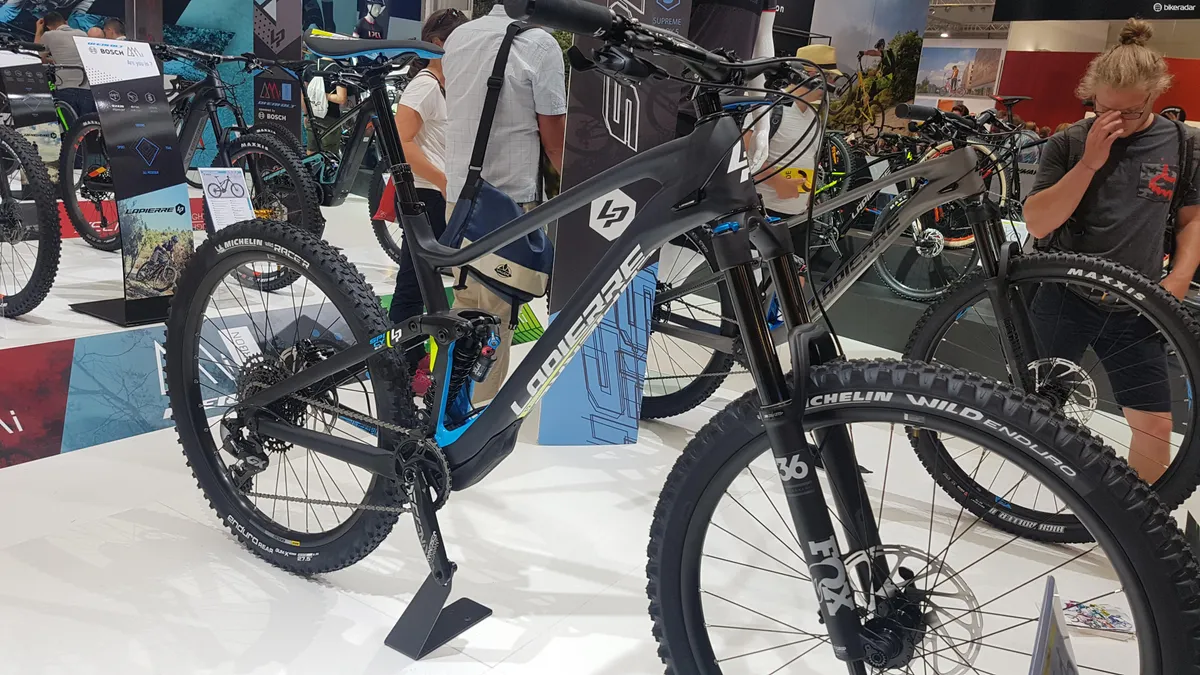
Building a bike is a pricey business. Assuming you want both alloy and carbon versions, there's numerous jigs and moulds that need to be made for each size of frame. Then, let's assume you want to offer the bike with two different wheelsize options — costs rise significantly.
But this only gives you one model family. What if you want to introduce two model families at the same time? Then that'll mean significantly higher costs…
I'm not going to comment on Lapierre's reasoning here, but I think what it's done with the Zesty and Spicy is smart (assuming, of course, the bikes actually ride well...)
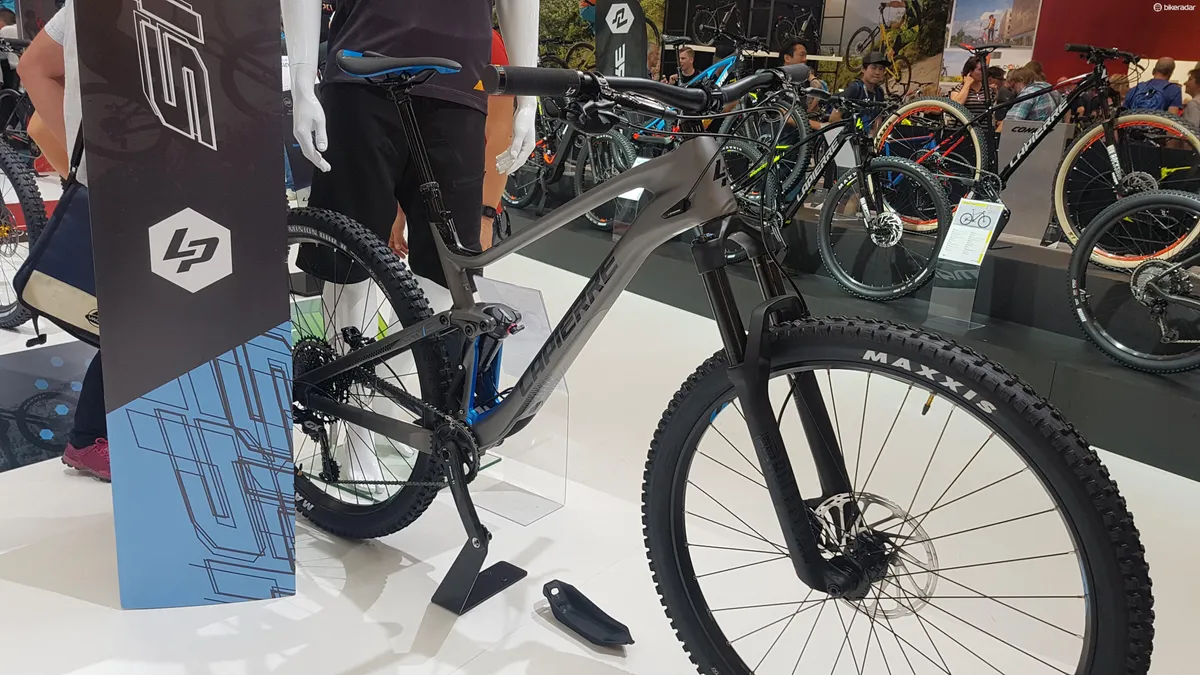
There are four options in total. The Zesty remains as a trail bike, the Spicy as an enduro bike, with differing travel splitting them. They both also have 650b and 29in models.
Lapierre only builds one frame for each of the sizes of bike it offers. Simply put, the 650b Spicy has exactly the same frame as the 29in Zesty. This means they only need moulds or tubes for the sizes on offer, not for each model. Smart, huh?
How does that even work?
The trickery comes in the components fitted to the bikes. To adjust the frame's travel, Lapierre simply sticks a different shock in there — the eye-to-eye length remains the same between the bikes, but the stroke length changes. There's then a flip-chip in the frame's linkage, to swap from 650b to 29in. Swapping the chip from the smaller to bigger wheels also results in the travel dropping by 10mm.
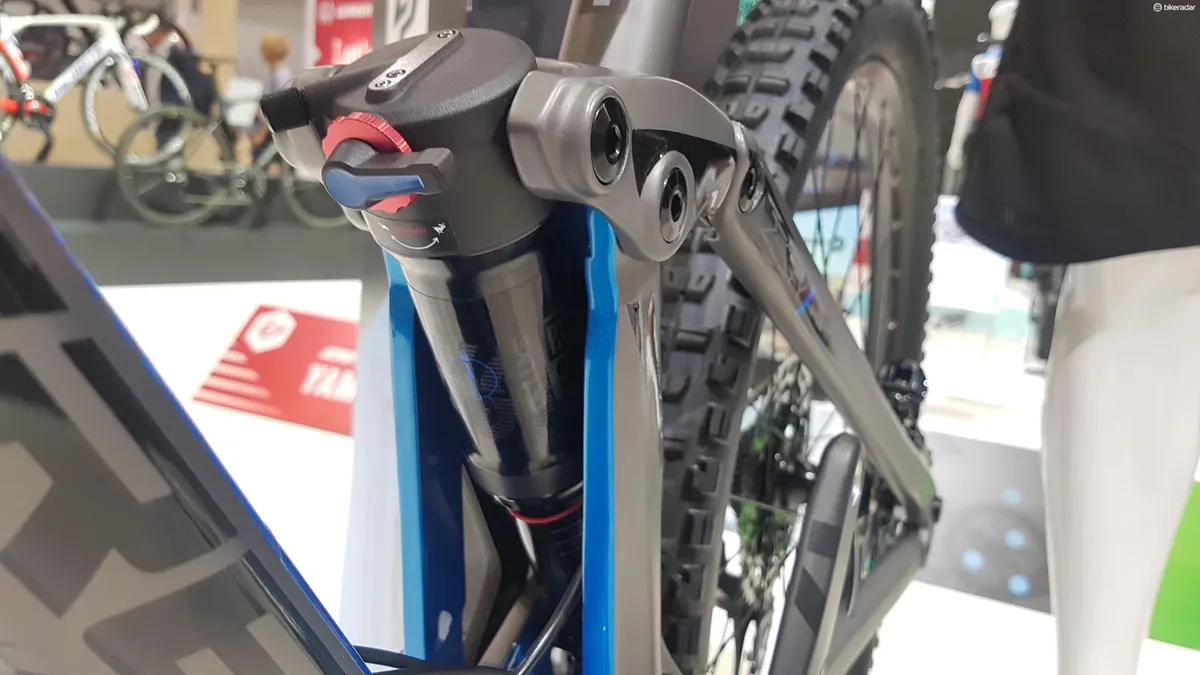
The forks for the builds match the rear-wheel travel, and the Spicy also gets an angleset headset to slacken the head angle.
These are the four options:
- Lapierre Zesty 29 — 140mm
- Lapierre Zesty 650b — 150mm
- Lapierre Spicy 29 — 160mm
- Lapierre Spicy 650b — 170mm
Extra details
So, that's a pretty smart system, I think. If it helps, Lapierre keeps costs lower, by only needing one range of moulds and tube lengths, hopefully this saving can be passed on to the consumer.
There'd also be little stopping owners from taking advantage of this adjustability too — you could feasibly have a 650b trail bike, and then by adding forks, wheels and a shock, a long-travel 29er too.
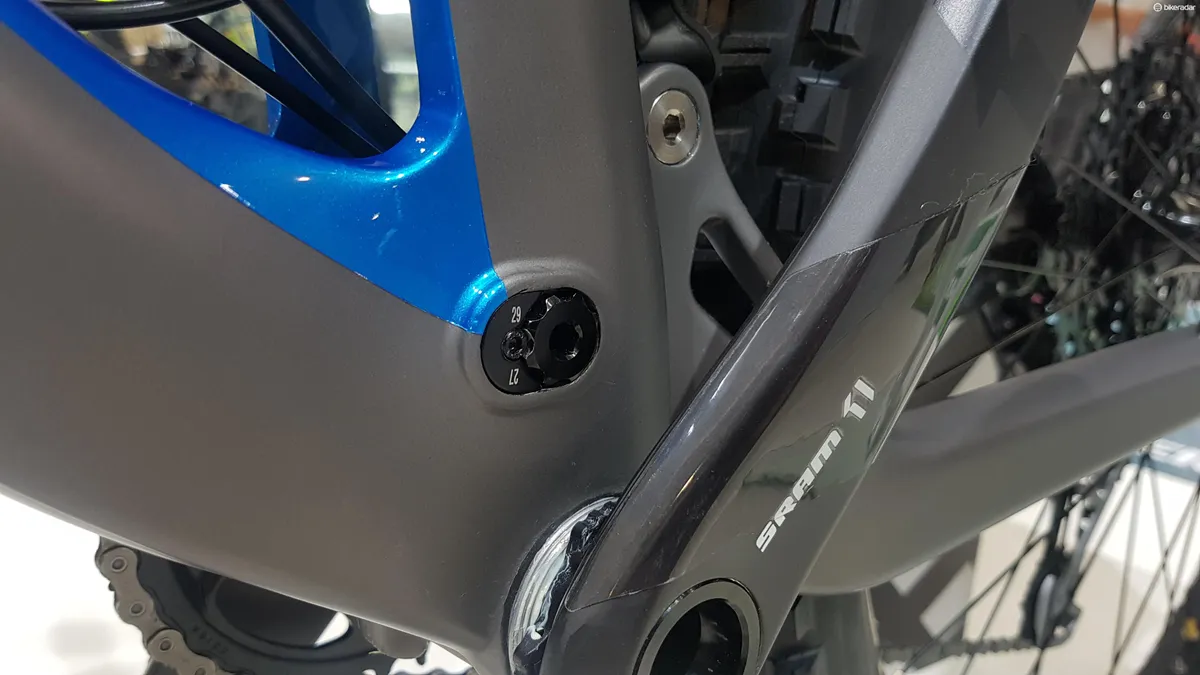
The departure from the OST+ suspension linkage means Lapierre has moved the shock lower into the frame for better weight distribution, and fully floating designs (such as that found on the Trek Fuel EX for example) have often gone down well in the feel stakes.
Carbon models will have a neat-looking storage box down by the bottom bracket, though I fear the bolt-head will quickly get covered in crud. Fortunately there's a fender for the shocks that neatly slots in between the linkage.
Finally, it looks like wide tyre fans will be catered for — 2.8in clearance for smaller wheels, 2.6in for bigger.
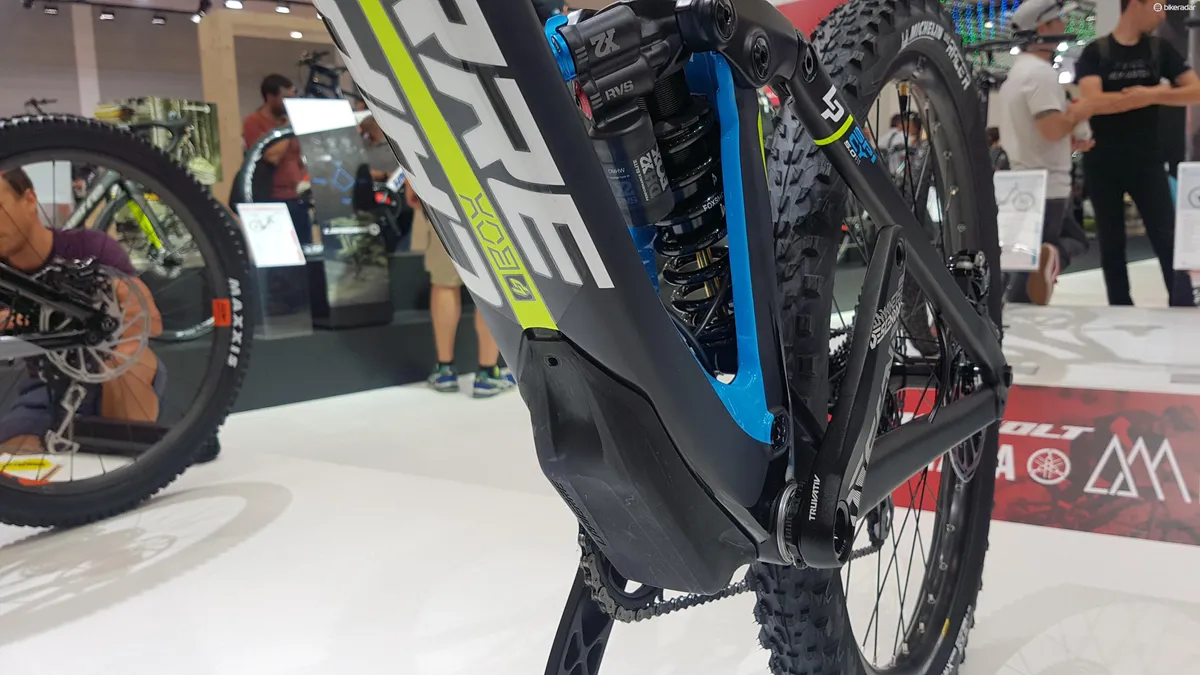
With little information out there, we don't have much else to tell you, though we'll be bringing you a full report as soon as we know more.
